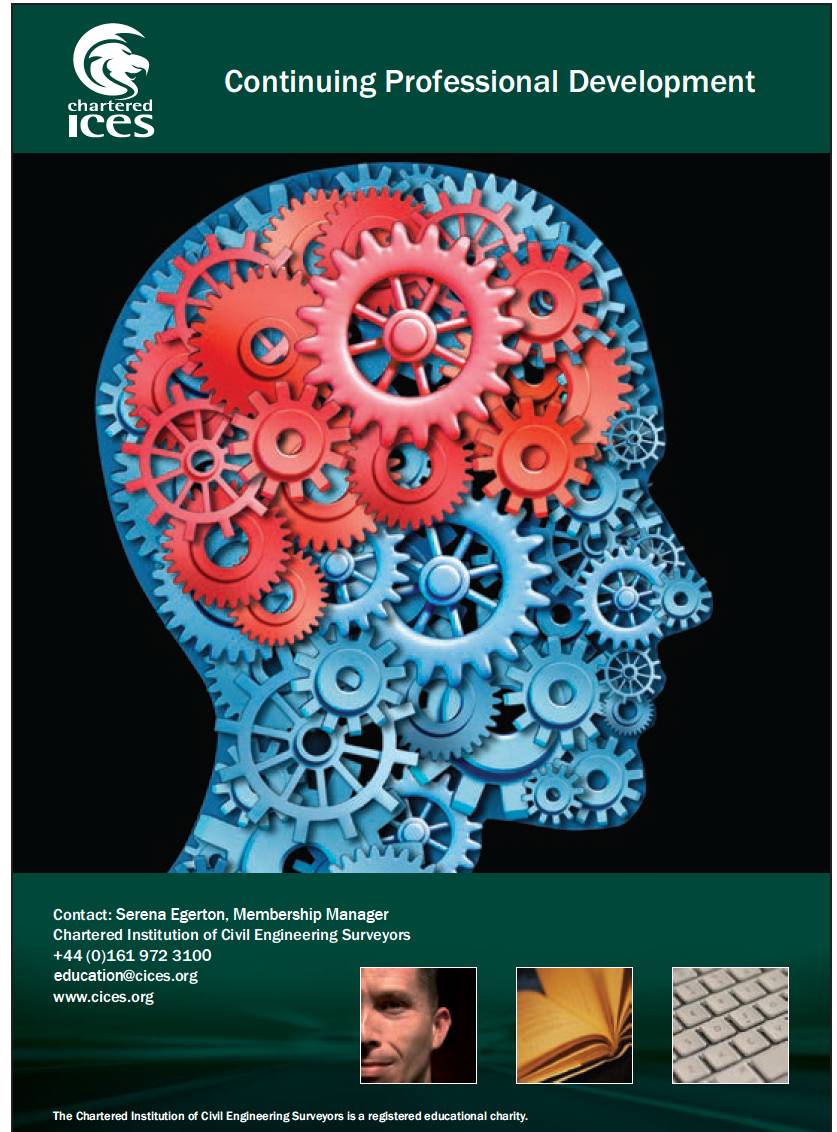Forward planning
Dr Kristen MacAskill, Engineering, Environment and Sustainable Development Assistant Professor, University of Cambridge

THE second in a series of articles to come out of the Centre for Smart Infrastructure and Construction (CSIC) and Cornell Program in Infrastructure Policy (CPIP) UK-US workshop comes from Dr Kristen MacAskill, an assistant professor in engineering, environment and sustainable development at the University of Cambridge. Dr MacAskill was a contributing expert at the workshop, which saw a group of international experts from academia, policy and practice come together to explore how to improve infrastructure delivery in a post COVID world through innovative funding and financing, as well as emerging technologies. In her article, she calls for decision-making for our critical infrastructure systems to be more fluent in resilience.
Over the past decade, resilience has emerged as a key orienting concept for evaluating critical infrastructure planning and investment decisions. My particular interest in the value of resilience comes from first-hand experience – my hometown is Christchurch in New Zealand, which was devastated by an earthquake in 2011.
Exposure to and costs of disasters are dramatically increasing around the world. While the need for greater resilience is pressing, it is not feasible to invest in physical robustness against all possible shocks and stresses on critical infrastructure systems – we simply do not have the resources.
Typically, we have looked to past events and experience to create the basis for standards of acceptable levels of safety and provision of service for our infrastructure. But the world is rapidly changing – climate change is leading to more frequent extreme weather events, rising temperatures are affecting biodiversity, urbanisation is accelerating, and new emerging technologies are shaping the way we live and work. Our experience of the past few decades no longer provides a sound basis to inform what the future will bring – we need a shift in our thinking.
When we make decisions about planning our infrastructure, we are making decisions about our future, and the long service life of our infrastructure means that our decision-making is locked-in for generations to come. Our ability to manage risks and uncertainties in the longterm requires far more attention – from decision makers as well as wider society. We must get better at ensuring the assets and networks and systems that create the critical infrastructure we rely upon every day are resilient.
The operation of critical infrastructure organisations involves interactions across the cyber, social, natural and physical systems supporting wider society. To progress resilience within such a complex techno-social setting, we need to share a common understanding of what resilience is and how it can be achieved. Having these conversations might not be easy but we must still have them to better inform our decision-making. Our discussions must reach across silos and sectors and, crucially, include communities living in the towns and cities who depend upon the services delivered by critical infrastructure systems to live and thrive.
The increasingly complex world we live in is experiencing events that have not been given sufficient forethought, leading to consequences that have not been foreseenThe development of resilience can be compared to that of sustainability – there is no one definition and it has taken decades for an agreed concept of sustainability to be identified, understood and agreed. Resilience has emerged as another concept that captures our hearts and minds around how we want to plan for the future, but it is rooted in a different agenda – disaster risk reduction.
Traditional risk management seeks to quantify and categorise risk according to impact and likelihood, where greater importance is placed on treating risks that have the higher combined likelihood and impact ratings. However, some events are so uncertain they are difficult to quantify, or they are considered of such low probability that planning for them is not prioritised in established risk thinking. But the increasingly complex world we live in is experiencing events that have not been given sufficient forethought, leading to consequences that have not been foreseen. Recognising that we can’t predict the future has implications for how we make decisions, and we need to recalibrate some of the ways in which we make decisions which have historically been based on our ability to quantify risk in some way and prioritise investment based on likelihood.
There is recognition of the need for a fresh approach to decision-making affecting critical infrastructure that acknowledges uncertainty, but we need new methodologies to better engage in our complex world, to explore the challenges we face globally and to translate that knowledge into action at a local level. International and national guidelines, including the Sendai Framework, provide an approach that can be helpful for cities and governments responding to a disaster, but local factors will influence both response and outcomes and these differ from country to country and city to city.
There is no one global solution for how at a local level we should be responding to future challenges – but that does not mean we should not be preparing to respond to challenge even if there are uncertainties as to what that challenge might be. The process of building resilience requires everyone to be at the table and for everyone to have a voice. We need to integrate resilience in our everyday thinking and conversations and identify where we can highlight these issues when we are planning our projects, engaging with our communities, and making decisions that will affect the shape of our towns and cities, places and planet for generations to come.
Dr Kristen MacAskill, Engineering, Environment and Sustainable Development Assistant Professor, University of Cambridge
www-smartinfrastructure.eng.cam.ac.uk
The EPSRC–NSF funded UK-US workshop ‘Funding, Financing and Emerging Technologies in Infrastructure to Improve Resilience, Sustainability and Universal Access’ took place in New York in July 2022. This article first appeared in the CSIC series of smart infrastructure blogs which can be found via: www-smartinfrastructure.eng.cam.ac.uk

